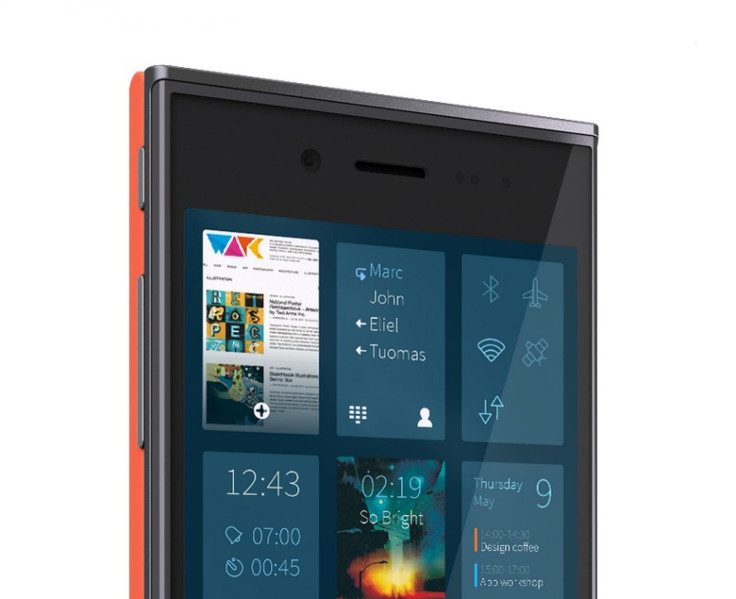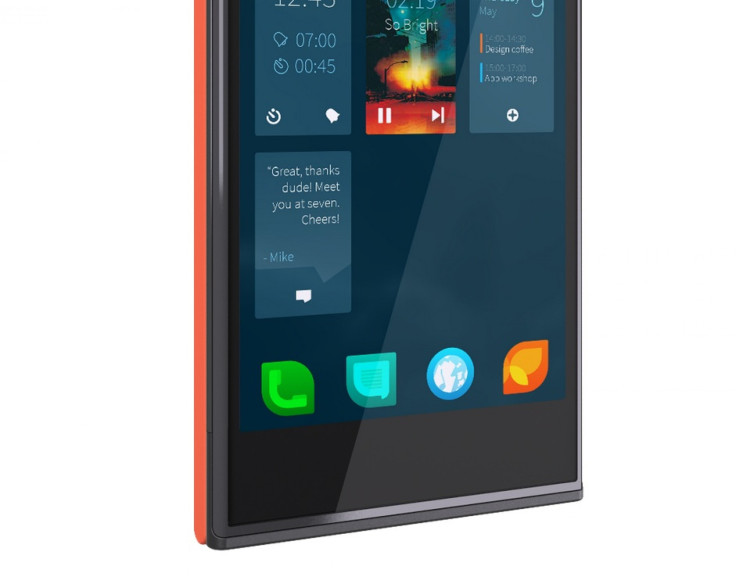Jolla Sailfish OS: A Detailed Visual Tour Of The Company’s First Phone Release [PHOTOS + VIDEO]
Helsinki-based Jolla unveiled its first smartphone on Monday, which will be the first handset to run the company’s Sailfish OS. The two-year-old smartphone developer will name its inaugural phone “Jolla,” and the phone will reportedly sell for € 399, or roughly $513, when it sees its release date “by the end of 2013.” The Jolla phone is now available to preorder.

Jolla co-founder and head of software development Marc Dillon announced the first Sailfish OS-powered Jolla phone, which the company calls “The Other Half,” in a blog post on Monday.
“Jolla was born out of passion and expertise in creating mobile products,” Dillon said. “We saw that we had a chance to make something really unique, and we decided to do it although it seemed crazy to many people at the time. We have proven that by being different, doing unlike things and spreading the love, we can create a world class product with enormous demand and support from the world.”
The Jolla smartphone will run on the Sailfish open source OS -- a build on the Mer OS kernel core, which is a fork of Nokia’s Linux-based MeeGo OS that also includes the Qt cross-platform framework and HTML5. It will also be Android-app compliant out of the box. In other words, the Jolla phone will be compatible with “multiple streams” -- not surprising since it’s a Linux-based OS -- that can support smartphones running both ARM and x86 chips.
But what’s most intriguing about the Jolla phone is that it’s customizable from both a software and hardware level. Since the phone is actually split into two halves, with its colorful back containing the hardware and communication components and its front half simply containing the display and processor, Dillon said users will have opportunities to augment their smartphones in many ways to make them feel truly personal.

Out of the box, the Jolla phone will feature a 4.5-inch “high definition” display (of unknown resolution), an 8-megapixel camera and a dual-core processor. The smartphone will carry 16GB on board with a microSD expansion slot for more storage, a user replaceable battery and a 4G LTE modem. The smartphone can also reportedly recognize the color of your case -- available in many shades including orange and green -- and adapt the visual theme of the Sailfish OS to create “your other half, exactly as you want it to be.”
The Jolla smartphone is certainly a worthy phone to house the successor of the MeeGo OS, but to get an idea of how the Jolla phone looks and feels with the new Sailfish OS, we encourage you to take a look at these photos and watch the videos to learn more about the Jolla smartphone with Sailfish.







What do you think about the first Jolla smartphone? Does the Sailfish OS seem attractive to you? Would you be willing to try or even purchase this smartphone upon its release date later this year? Give us your thoughts in the comments section below.
© Copyright IBTimes 2024. All rights reserved.












